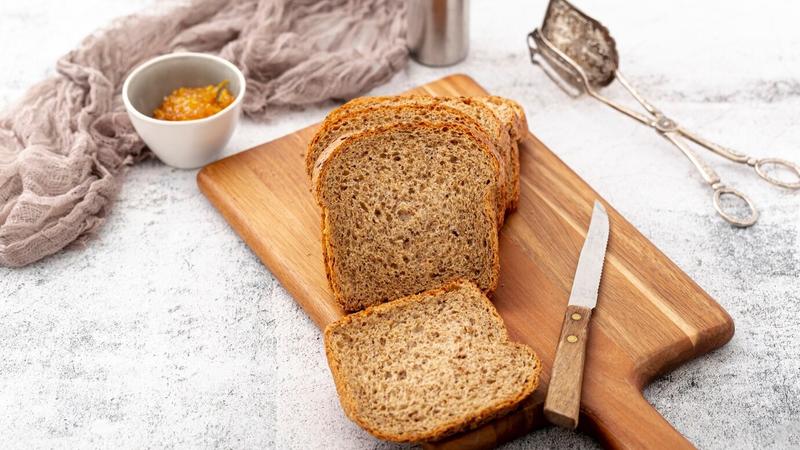Published 20:21 IST, May 16th 2024
Brown Bread Vs White Bread: Which is Healthier and Why?
White and brown are the two primary types of bread options easily available & included in common diets. Know the difference between the two and which is better.

Yeast bread | Image:
Freepik
- Listen to this article
- 2 min read
Advertisement
20:21 IST, May 16th 2024



